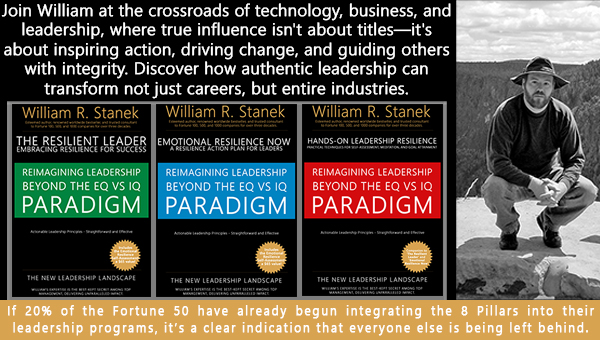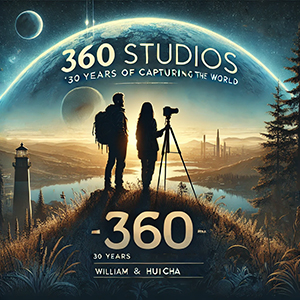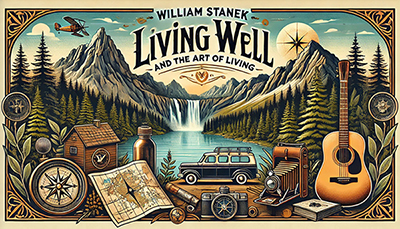
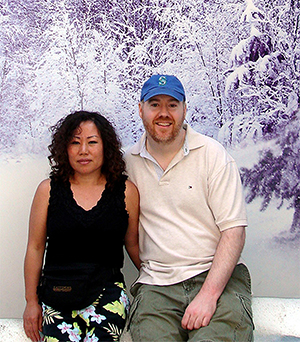 Photography Tips for Everyday Moments
Photography Tips for Everyday Moments
In a world filled with extraordinary beauty, sometimes it's the ordinary moments that hold the most magic. In the "Photography Tips for Everyday Moments" series, William Stanek invites you to see the world through a new lens, where the everyday becomes art. Whether you're a seasoned photographer or just beginning your journey, these articles are designed to help you capture the subtle beauty that often goes unnoticed.
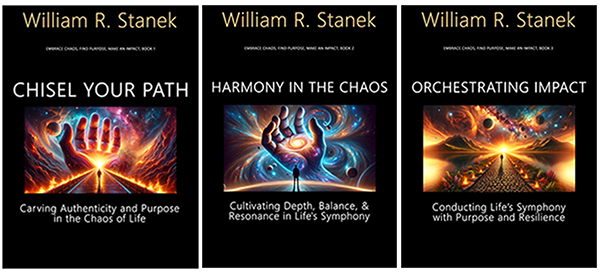
Transform your life with practical wisdom. Discover William Stanek's 'Living Well' series—your guide to a balanced and fulfilling life.
Discover William Stanek's Exclusive Art Collection
Explore and purchase the stunning art featured on this site. Own a piece of William Stanek's unique and captivating artwork today!
(January 27, 2025) Beyond the Still Image: Exploring Mixed Media and Photographic Art
Photography is a powerful art form, capable of capturing moments, emotions, and stories in a single frame. But what happens when you push the boundaries of traditional photography, blending it with other media to create something entirely new? The world of mixed media and photographic art opens up endless possibilities for creative expression, allowing you to experiment with photo manipulation, incorporate text and graphics, and create photographic collages that tell complex, layered stories. Here, we’ll explore how to take your photography beyond the still image, encouraging you to experiment with mixed media and other artistic techniques to expand your creative horizons.
Introduction: The Evolution of Photography into Art
Photography, at its core, is about capturing reality through the lens. However, the digital age has opened up new avenues for photographers to explore—avenues where photography can merge with other art forms, evolve into mixed media, and transcend the boundaries of the traditional still image. By embracing these possibilities, you can transform your photography into a canvas for artistic exploration, where the only limit is your imagination.
Whether you’re interested in photo manipulation, incorporating text and graphics, or creating photographic collages, experimenting with mixed media allows you to redefine what photography can be. It’s an opportunity to tell richer, more complex stories, to explore new visual languages, and to push the boundaries of your creativity.
In this article, we’ll guide you through the basics of photo manipulation, show you how to incorporate other media into your photography, and inspire you to create photographic collages that go beyond the conventional.
Photo Manipulation Basics: An Introduction to Digital Art Techniques
Photo manipulation is the process of altering or enhancing a photograph using digital techniques. This can range from simple adjustments like color correction and retouching to more complex alterations like compositing, where multiple images are combined to create a new, surreal scene. Photo manipulation is a powerful tool for photographers who want to move beyond capturing reality and start creating their own.
Getting Started with Photo Manipulation: The first step in photo manipulation is mastering the basics of image editing software, such as Adobe Photoshop, GIMP, or Affinity Photo. These programs offer a wide range of tools for adjusting colors, adding effects, and manipulating the elements within an image. Start by familiarizing yourself with layers, masks, and blending modes, as these are essential for creating complex manipulations.
Creating Composite Images: One of the most popular forms of photo manipulation is compositing, where elements from multiple photos are combined into a single image. This technique allows you to create scenes that would be impossible or difficult to capture in reality. For example, you could blend a cityscape with a starry night sky, or combine elements from different landscapes to create a surreal environment. The key to successful compositing is making sure that the elements blend seamlessly—pay attention to lighting, perspective, and color harmony to ensure that the final image looks cohesive.
Experimenting with Surrealism: Photo manipulation also allows you to explore surrealism, where ordinary objects and scenes are transformed into something fantastical or dreamlike. This can involve distorting reality, creating impossible scenarios, or blending the real with the imagined. Surreal photo manipulations can be deeply personal and expressive, offering a way to visualize your inner thoughts, emotions, or dreams.
Pro Tip: When creating composite images, use high-resolution photos and pay close attention to detail. Small inconsistencies in lighting, shadows, or perspective can break the illusion, so take the time to refine each element until it blends naturally with the others.
Exercise: Choose two or more photos and create a composite image that tells a new story or creates a surreal scene. Focus on blending the elements seamlessly and experimenting with different effects and techniques to achieve the desired result. Reflect on how photo manipulation allows you to go beyond traditional photography and explore new creative possibilities.
Incorporating Text and Graphics: Blending Photography with Other Media
Combining photography with text and graphics opens up new ways to communicate ideas and emotions. This approach can be used to create everything from visual poetry and photo essays to promotional materials and graphic art. By integrating other media into your photography, you can add layers of meaning and create a more dynamic visual experience.
Adding Text to Images: Text can be a powerful addition to a photograph, providing context, commentary, or an emotional layer that enhances the visual impact of the image. When adding text, consider its placement, font, and color to ensure that it complements the photograph rather than distracting from it. The text can be used to convey a message, evoke a mood, or guide the viewer’s interpretation of the image. For example, a single word or phrase can transform a simple photo into a profound statement, or a caption can provide insight into the story behind the image.
Creating Photo Essays: Photo essays combine photography with written narratives to tell a more complete story. Each photo is accompanied by a caption, paragraph, or even a full essay that elaborates on the theme, subject, or message of the images. This approach is particularly effective for documentary photography, travel photography, or personal projects, where the goal is to provide a deeper understanding of the subject matter. A well-crafted photo essay can be both visually engaging and intellectually stimulating, offering viewers a richer experience.
Blending Graphics with Photography: Incorporating graphics, such as illustrations, shapes, or patterns, into your photography can add a creative twist to your images. This technique is often used in commercial and editorial design, but it can also be a form of artistic expression. For example, you might overlay a geometric pattern on a portrait to create a modern, abstract effect, or add hand-drawn illustrations to a landscape photo to create a whimsical, storybook-like scene. The possibilities are endless, and the combination of graphics with photography can result in unique, visually striking compositions.
Pro Tip: When adding text or graphics to an image, consider the overall composition and balance. The added elements should enhance the image, not overwhelm it. Play with transparency, blending modes, and layering to integrate the text or graphics seamlessly into the photograph.
Exercise: Take one of your photos and add text or graphics to create a new visual narrative. Experiment with different fonts, placements, and graphic elements to see how they change the mood and meaning of the image. Reflect on how the integration of other media transforms the photograph and adds depth to your creative expression.
Creating Photographic Collages: Combining Multiple Images to Tell a Story or Create a New Work of Art
Photographic collages are a versatile and creative way to combine multiple images into a single composition. Whether you’re telling a story, exploring a theme, or simply experimenting with visual textures, collages allow you to layer different elements together, creating a rich, multifaceted piece of art.
Exploring the Art of Collage: Collages can be created digitally or physically, using printed photos, magazine cutouts, or other materials. The process involves arranging and layering these elements to create a cohesive composition. The beauty of collage lies in its flexibility—you can juxtapose contrasting images, blend similar ones, or even mix photography with other media like painting, drawing, or fabric. The goal is to create a piece that is greater than the sum of its parts, where each element contributes to the overall theme or narrative.
Telling a Story Through Collage: One of the most powerful uses of collage is storytelling. By combining different images, you can convey a narrative that unfolds across the composition. This might involve a sequence of events, a progression of emotions, or a contrast between different perspectives. For example, you could create a collage that contrasts urban and rural environments, or one that depicts the stages of a journey or transformation. The key is to think about how each image relates to the others and how they work together to tell a cohesive story.
Creating Abstract Collages: Collages don’t always have to tell a literal story—they can also be abstract, focusing on shapes, colors, and textures rather than narrative. Abstract collages allow for greater experimentation and play, as you can explore how different visual elements interact without the constraints of a specific theme or message. This approach can be particularly liberating, as it encourages you to think outside the box and push the boundaries of traditional photography.
Pro Tip: When creating a collage, consider the flow and movement within the composition. The viewer’s eye should be guided through the piece, moving naturally from one element to the next. Use repetition, contrast, and alignment to create visual harmony and balance within the collage.
Exercise: Create a photographic collage using a selection of your photos. Focus on combining images in a way that tells a story, explores a theme, or creates a visually interesting composition. Experiment with both literal and abstract approaches, and reflect on how the process of collage-making enhances your creativity and expands your understanding of photographic art.
Pushing the Boundaries: Photography as a Gateway to Artistic Exploration
Photography is a powerful starting point for artistic exploration, but it doesn’t have to be the endpoint. By experimenting with mixed media, photo manipulation, and other creative techniques, you can push the boundaries of what photography can be, transforming your images into unique works of art that go beyond the traditional still image.
Embracing Creative Freedom: The beauty of mixed media and photographic art is the freedom it offers. There are no rules or limitations—only possibilities. Whether you’re blending photos with text, creating surreal composites, or layering images into a collage, you’re free to explore your artistic vision in new and exciting ways. This creative freedom can lead to unexpected discoveries and breakthroughs, helping you to develop your own unique style and voice as an artist.
Pro Tip: Don’t be afraid to experiment and take risks. Mixed media and photographic art are about exploration and discovery, so embrace the process and see where it takes you. Even if a particular technique doesn’t work out as planned, it can lead to new ideas and insights that will enrich your creative journey.
Exercise: Challenge yourself to create a piece of mixed media photographic art. Combine different techniques—photo manipulation, text, graphics, collage—and see how they interact and influence each other. Reflect on how this process allows you to push the boundaries of your photography and explore new avenues of creative expression.
Conclusion: Expanding the Horizons of Photography
We invite you to think of photography not just as a means of capturing reality, but as a gateway to artistic exploration. By experimenting with mixed media, photo manipulation, and creative techniques, you can expand the horizons of your photography, turning your images into powerful works of art that express your unique vision.
Remember that the journey of artistic exploration is ongoing. As you continue to experiment and grow, you’ll discover new possibilities and ways to express yourself through your photography. Embrace this journey, push the boundaries, and let your creativity guide you into new and uncharted territories.
Share your mixed media and photographic art with us on Instagram using #BeyondTheStillImage. We’re excited to see how you’re pushing the boundaries of photography and creating art that transcends the ordinary.
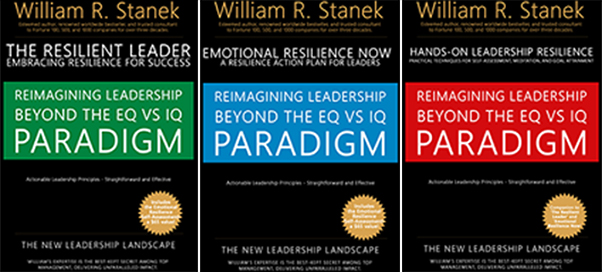
Join William at the crossroads of technology, business, and leadership, where true influence isn't about titles - it's about inspiring action, driving change, and guiding others with integrity. Discover how authentic leadership can transform not just careers, but entire industries.
Bring Inspiration Home
Enhance your space with William Stanek's evocative art. Each piece is crafted to inspire and uplift your everyday life.
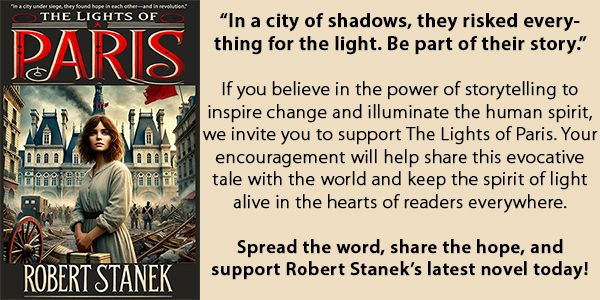
Support The Lights of Paris by Robert Stanek, William Stanek's pen name! Through vivid historical detail and deeply moving character stories, Robert takes readers on an unforgettable journey through one of history’s most transformative times.
